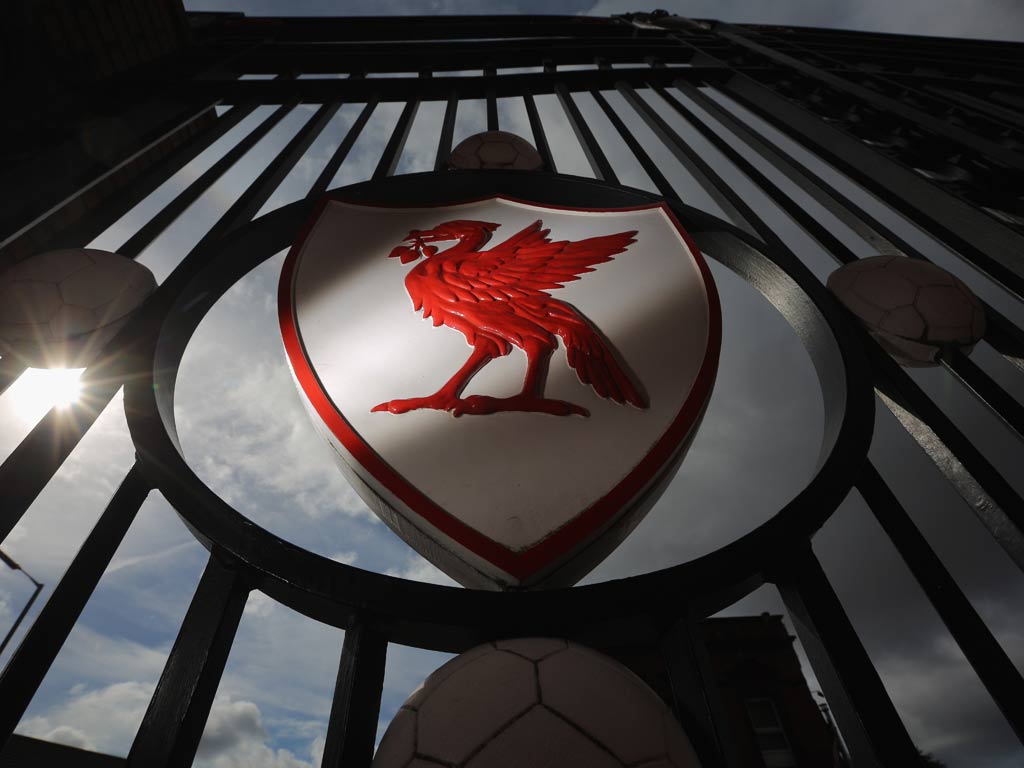Anfield expansion plans: This time Liverpool must find funds to revive dismal district
The club want to expand their existing home to 60,000

Your support helps us to tell the story
From reproductive rights to climate change to Big Tech, The Independent is on the ground when the story is developing. Whether it's investigating the financials of Elon Musk's pro-Trump PAC or producing our latest documentary, 'The A Word', which shines a light on the American women fighting for reproductive rights, we know how important it is to parse out the facts from the messaging.
At such a critical moment in US history, we need reporters on the ground. Your donation allows us to keep sending journalists to speak to both sides of the story.
The Independent is trusted by Americans across the entire political spectrum. And unlike many other quality news outlets, we choose not to lock Americans out of our reporting and analysis with paywalls. We believe quality journalism should be available to everyone, paid for by those who can afford it.
Your support makes all the difference.Forgive the residents of Anfield if they were not hanging on every word of Liverpool's managing director Ian Ayre last night when he added his voice to those of the council leaders who are seeking community engagement with what, on paper, is an imaginative, ambitious plan to revive the most dismal district on the Premier League landscape. That is because they have been here before, hearing about the ambitions of successive Liverpool executives and owners to take them along on a magic carpet ride to regeneration.
In part, they have fallen prey to the deep commercial uncertainties of this football age. Liverpool's former chief executive Rick Parry and majority shareholder David Moores believed they had found the men to build the new stadium the club so painfully needed and revive the place when they sold the club to Tom Hicks and George Gillett for £179m in 2007.
Hicks made his legendary promise of having "a spade in the ground" within 60 days. All idle talk, from individuals who could not raise the money.
While those Americans drove the club to purgatory, the residents remained in the same state of limbo they had occupied for years, as Liverpool bought up houses incrementally for demolition and left the district in a state of permanent uncertainty and disrepair.
Fenway Sports Group (FSG), for whom Hicks and Gillett were mercifully swept away, have always felt like a different proposition and their record of updating historic old stadiums – at Fenway Park, home of the Boston Red Sox – offers hope that the new plans will come to fruition and be the catalyst for revived economic life in the Anfield district.
Liverpool have been discussing their outline plans with council officers to ensure there can be a clear route when houses have finally been knocked down and plans tabled.
But the days of a Liverpudlian owner – Moores – being able to declare what he will do in his city are gone.
Will FSG, who are in the investment business, actually be here to expand the stadium if someone else comes in offering to buy their club? Will the conditions be right for investment?
"We can only proceed with this project if we have… certainty around whether there is demand for additional capacity and what the make-up of this is," a cautious Ayre said last night.
Liverpool City Council have made the breakthrough but when football is in the equation no one can bank on it.
Join our commenting forum
Join thought-provoking conversations, follow other Independent readers and see their replies
Comments